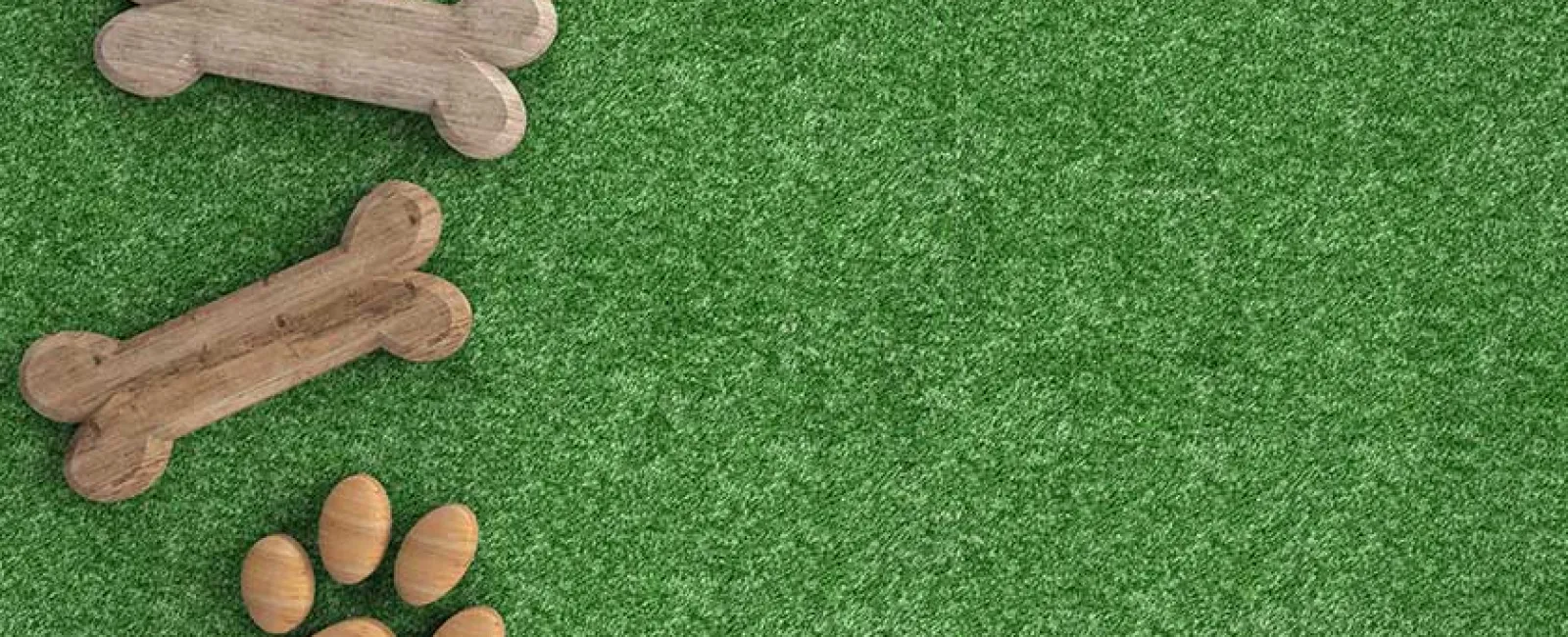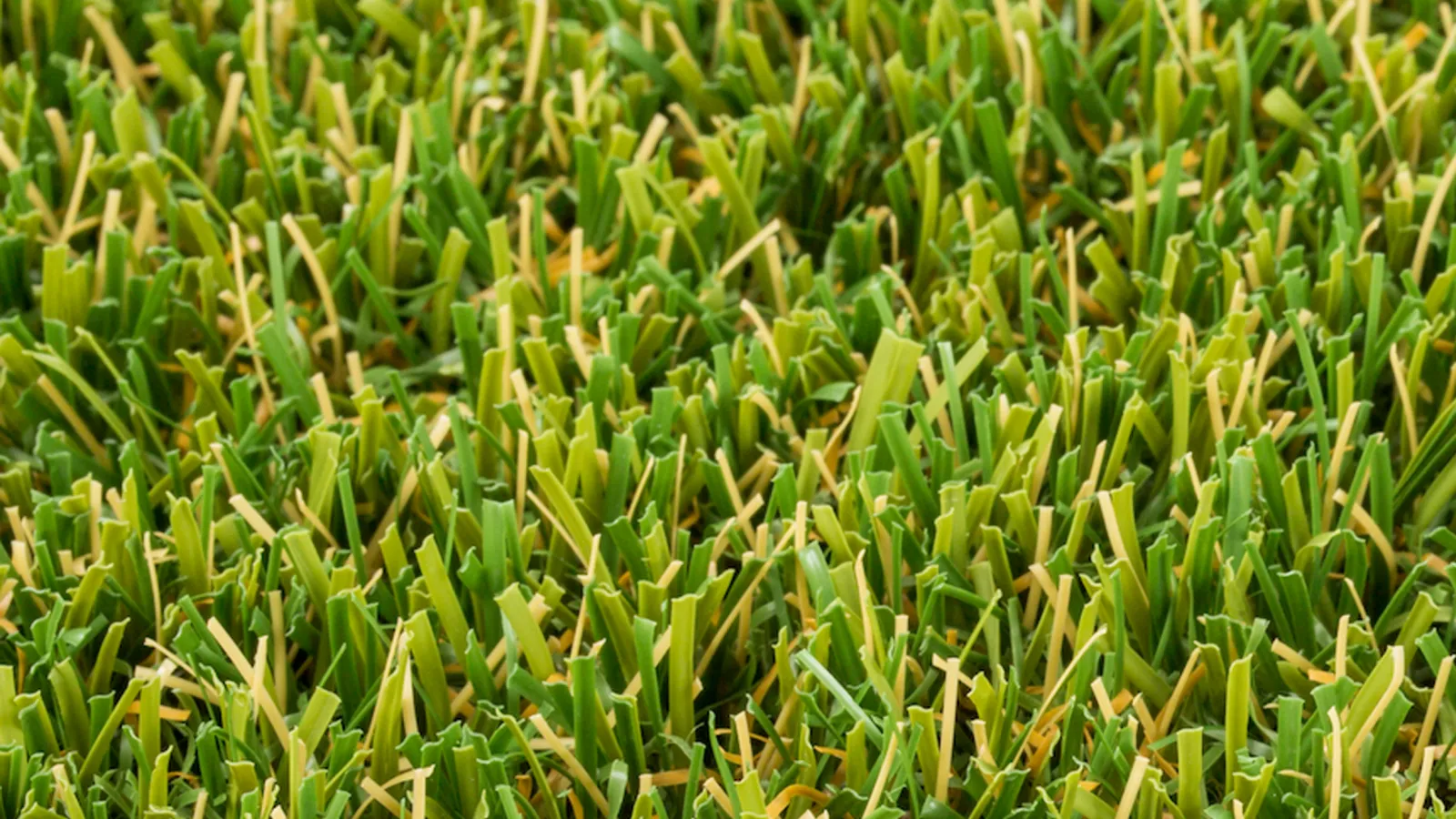If you have dogs and artificial grass, you've probably wondered how to clean turf of dog pee without damaging the surface or disrupting your backyard's appearance. While turf systems are designed to be low maintenance, regular exposure to pet urine can lead to unpleasant odors and bacteria buildup if not addressed properly. The good news is that with the right approach, you can keep your yard fresh, clean, and safe for both dogs and guests.
In this guide, we'll walk through the most effective methods for cleaning turf, why the smell happens in the first place, and how to prevent it from lingering. Whether you're new to artificial grass or simply looking to improve your cleaning routine, these tips will help.
Why Turf Starts to Smell After Dog Pee
Dog urine contains ammonia and other compounds that break down into strong smelling substances once exposed to air. Unlike natural grass, which absorbs and processes liquid through soil and plant life, artificial turf relies on its drainage system and infill to handle waste.
When turf isn't cleaned regularly or installed with pet-friendly infill, urine can accumulate and dry within the grass fibers or the base layer. As the buildup increases, especially in shaded areas with less airflow, so does the odor. Since artificial grass doesn't have living roots to neutralize organic waste, maintenance falls entirely on how you clean and care for it.
The Role of Drainage and Infill
Two of the biggest factors that determine how turf handles dog pee are drainage and infill. Proper drainage helps move liquid waste through the turf layers, reducing the chance of standing urine. If your turf wasn't installed with drainage in mind, or if it sits on a non-porous surface like concrete, water and urine may linger.
Infill is the granular material placed between turf blades to support their upright position. It also affects how much urine is absorbed or repelled. Standard infills like silica sand can trap smells over time. Pet specific options like zeolite help reduce odors by neutralizing ammonia as it comes into contact with urine. Zeolite also holds the smell until it can be rinsed away, making it one of the best infill choices for dog owners.
Daily and Weekly Rinsing
The easiest habit to build is routine rinsing. Spraying your turf with a garden hose helps flush out fresh urine before it settles into the base. On days your dog uses the turf frequently, rinse once in the evening. During dry spells or high traffic weeks, increase this to once in the morning and again before nightfall.
This simple practice removes urine residue before it can become a long-term issue. For areas where dogs tend to go repeatedly, giving those spots extra attention helps break the cycle of concentrated smells.
Natural Cleaning Solutions
Many dog owners prefer non-toxic cleaning options, especially when pets lie or play on the grass. A mixture of one part distilled white vinegar and one part water makes an effective deodorizer. Vinegar neutralizes odor causing bacteria while being safe for pets and turf systems.
After rinsing with water, apply the vinegar solution using a spray bottle or garden sprayer. Let it sit for a few minutes before rinsing again with water. The acidity in vinegar won't harm the turf, but it will help reduce bacteria buildup. For best results, do this once a week or anytime you notice a mild odor starting to form.
Using Enzyme Based Cleaners
When turf has been neglected or smells persist despite rinsing and vinegar treatment, it's time to bring in enzyme cleaners. These products are specifically designed to break down organic compounds like dog urine. Unlike surface deodorizers that just mask smell, enzymes digest the bacteria at the source.
Choose a product labeled safe for pets and artificial turf. Spray it on clean, dry grass and allow the enzymes time to work, usually 10 to 30 minutes depending on the product. Afterward, rinse the turf to clear away both the cleaner and the decomposed residue.
This method is especially helpful in warmer months when heat amplifies odor, or after vacation periods when routine rinsing may have been skipped.
Deep Cleaning After Long Periods
If your turf hasn't been cleaned in a while or you've recently moved into a home where the previous owner had dogs, you may need a deep clean. Start by removing any solid waste, then rinse thoroughly with water. Next, use a vinegar water solution or enzyme cleaner across the entire turf surface.
You might need to lift sections of turf to check the base layer. If it smells or shows signs of urine saturation, treat it with enzyme cleaner as well. In extreme cases, replacing the infill or even reinstalling the turf with better drainage and pet-friendly materials might be the most effective long term solution.
Preventing Odor Buildup
The best way to keep your artificial grass fresh is to stay ahead of the smell. Here are some smart habits:
Keep your dog hydrated. The more diluted their urine is, the less concentrated the smell will be.
Rotate potty areas. If your dog uses the same spot every time, odors will concentrate there. Encourage different locations by walking them across the yard.
Add shade and airflow. Sunlight and breezes help dry the turf, preventing trapped moisture. Trim nearby bushes or use fans in enclosed patios.
Consider a pet-friendly turf cleaner as part of your weekly routine. Many of these products contain mild enzymes or citrus based compounds that help maintain freshness without harsh chemicals.
Seasonal Considerations
Warm weather can intensify turf odors, especially if rinsing becomes less frequent. During summer, increase your cleaning frequency and consider adding a weekly enzyme treatment to your schedule. Cold months bring less odor, but moisture may drain more slowly, especially if your turf is installed over a non-permeable surface.
If snow or ice covers your turf, avoid using rock salt, which can damage fibers and affect drainage. Once the turf is clear, resume your cleaning routine.
Is Bleach Safe for Turf?
Some people wonder if bleach can be used as a quick fix for odor. While diluted bleach may kill bacteria, it's not recommended for artificial grass. It can discolor the blades, damage the backing, and pose health risks to pets. Bleach also disrupts the microbial balance if you use enzyme cleaners. Stick to vinegar or turf specific products instead.
Turf Installation Tips for Dog Owners
If you're still in the planning stage of your turf project, talk to your installer about options tailored for pets. Systems that include proper sub base grading, drainage tiles, and antimicrobial infill will perform far better in the long run.
Make sure the base allows for fast liquid movement and that the turf material itself is non-absorbent. Shorter pile height is also easier to clean and maintain. While regular maintenance still matters, a smart installation reduces how often deep cleanings are needed.
Learning how to clean turf of dog pee doesn't have to be complicated. With the right tools, regular rinsing, and smart infill choices, you can avoid lingering smells and keep your outdoor space clean and pet-friendly all year. Whether you're working with a new turf installation or refreshing an old one, the most important factor is consistency.
At Turf Tek, we've helped homeowners across the Northeast keep their artificial grass looking and smelling fresh, no matter how many dogs share the yard. Our range of products are designed for long term performance, fast drainage, and easy maintenance, so you don't have to choose between pets and a pristine lawn.
Visit Turf Tek USA to learn more about our pet-friendly turf solutions.


